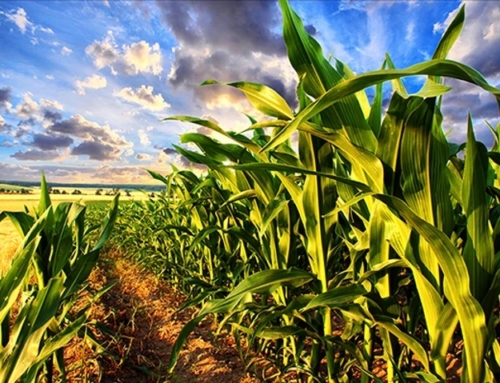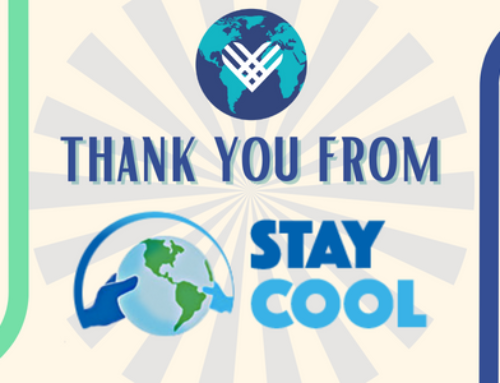There was some good news. You might have heard that within hours of being sworn in, President Biden signed an executive order in January to rejoin the global climate pact known as the Paris Agreement. In April, Biden pledged to cut US greenhouse gas emissions in half by 2030, in part to make good on the country’s renewed membership in the agreement.
Not to be outdone, STAY COOL stayed very busy bringing you four webinars with incredible speakers. We sincerely appreciate your participation and your donations!
 STAY COOL and the San Diego Audubon Society hosted “Collaborative Planning for Climate Resilience in San Diego” in September.
STAY COOL and the San Diego Audubon Society hosted “Collaborative Planning for Climate Resilience in San Diego” in September.- We highlighted the City of San Diego’s Climate report, “Our Climate, Our Future” in July to kick off a process for expanding the vision for 2015 climate action.
- In April, the focus was on “How Mission Bay Can Protect San Diego from Sea Level Rise”, and we learned about how San Diego Audubon Society’s ReWild plan has the potential to be one of the largest, most visible projects anywhere to protect a city from sea level flooding.
- We featured “Creating a Sustainable Energy Future” in February, when more than 60 attendees joined us to learn about transforming our energy system and how this can significantly reduce greenhouse gas emissions.
All these presentations can be found at https://staycool4grandkids.org/events/ The more you know, the better you will be as an advocate for climate action.
So what was the Earth doing in 2021?
 According to the World Meteorological Organization (WMO), “The past seven years are on track to be the seven warmest on record, according to the provisional WMO State of the Global Climate 2021 report, based on data for the first nine months of 2021. A temporary cooling “La Niña” event early in the year means that 2021 is expected to be “only” the fifth to seventh warmest year on record. But this does not negate or reverse the long-term trend of rising temperatures. Global sea level rise accelerated since 2013 to a new high in 2021, with continued ocean warming and ocean acidification.”
According to the World Meteorological Organization (WMO), “The past seven years are on track to be the seven warmest on record, according to the provisional WMO State of the Global Climate 2021 report, based on data for the first nine months of 2021. A temporary cooling “La Niña” event early in the year means that 2021 is expected to be “only” the fifth to seventh warmest year on record. But this does not negate or reverse the long-term trend of rising temperatures. Global sea level rise accelerated since 2013 to a new high in 2021, with continued ocean warming and ocean acidification.”
CNN provided an excellent summary of the events, listed below.
- February brought a historic deep freeze to Texas, which was also felt across much of the Central Plains and into the Southeast, and showed how the climate crisis can produce both hot and cold extremes. In the span of a few weeks, destructive and fatal flash flooding ravaged parts of Western Europe, China’s Henan province and the state of Tennessee. Severe flooding killed more than 200 people in Germany and Belgium. In China, the floods that struck Henan province killed more than 300 people. Back in the United States, a staggering amount of rain led to flash flooding in Tennessee
 that destroyed more than 270 homes and killed more than two dozen.
that destroyed more than 270 homes and killed more than two dozen. - An unprecedented heat wave in late June killed hundreds of people in the Pacific Northwest and British Columbia. The normally temperate region is unprepared for extreme heat events, with many residents not owning air conditioning units. As a result, hundreds of people died from heat-related illness. In British Columbia, the same heat wave fueled a fast-moving wildfire that obliterated the town of Lytton just one day after the temperature soared to 121 degrees and broke Canada’s all-time temperature record.
- In California, this summer’s drought was the most extreme in the state’s 126-year record, with July 2021 as the driest month since data gathering began in 1895. By August, more than 95% of the West was in drought conditions.Lake Mead and Lake Powell — two of the country’s largest reservoirs — drained at alarming rates after a dry winter and extreme drought this summer. The federal government in August declared a water shortage on the Colorado River for the first time, triggering mandatory water consumption cuts for states in the Southwest beginning in 2022.
- In late August, Category 4 Hurricane Ida destroyed homes, uprooted trees and cut off power to more than 1 million customers in Mississippi and the already storm-ravaged state of Louisiana. Ida checked all the boxes of how climate change is making hurricanes more dangerous, according to scientists: They are producing more rainfall, moving more slowly once they make landfall and generating larger storm surges.
- At the tail end of a year already packed with extreme weather, a series of tornadoes tore through the Midwestern and Southeastern United States on December 12 and 13. The last month of the year is typically the quietest for tornadoes, but warm temperatures brought a historic twist.
We have a “new normal” because of the coronavirus. Sadly, it is undeniable that our grandchildren have a new normal because of climate change. 2050 will come in the prime of their life. Will our generation take a stand to protect them? At STAY COOL, advocating for strong, measurable, and meaningful climate action is what we are all about. Learn with us and volunteer with us. Be engaged. Will you help?
This article is by Linda Giannelli Pratt.



